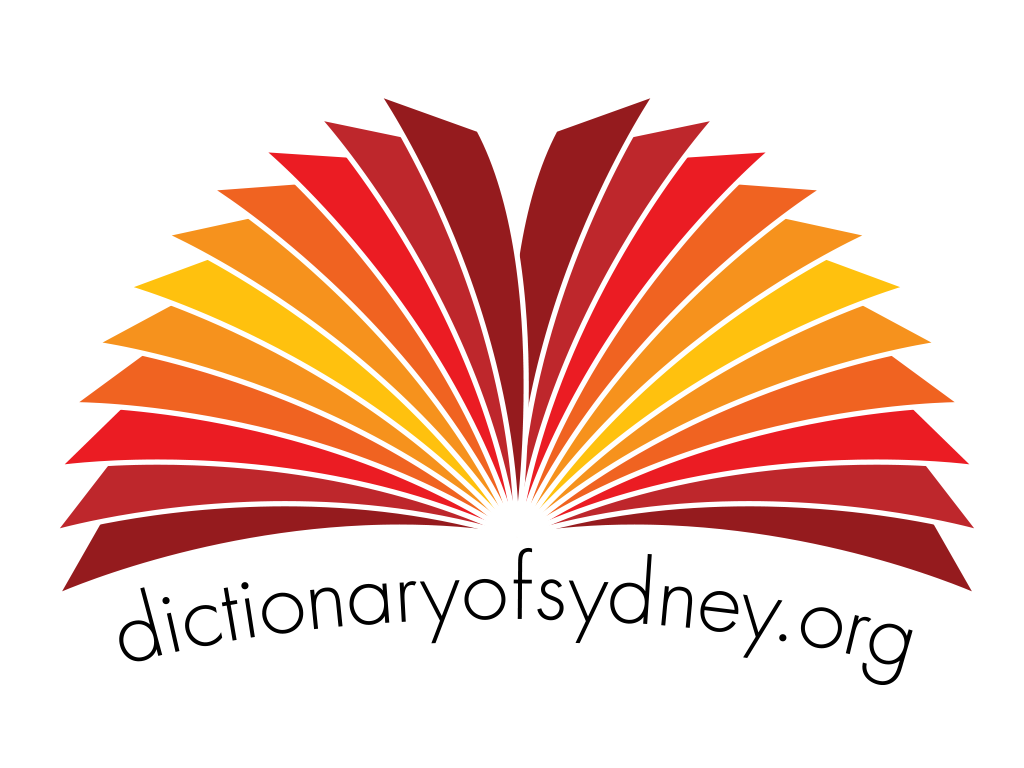The Dictionary of Sydney was archived in 2021.
The camels at Government House
 View of old Government House - Sydney - N.S.W. as it appeared when vacated by Sir George Gipps in 1845, painting by George Edwards Peacock, Mitchell Library, State Library of NSW (ML 658)
View of old Government House - Sydney - N.S.W. as it appeared when vacated by Sir George Gipps in 1845, painting by George Edwards Peacock, Mitchell Library, State Library of NSW (ML 658)
Considering the peculiar nature of the continent, the vast extend of unexplored country, the want of water, and peculiarity of the long journeys which must be made by land from one colony to another, I think they might be found very applicable, as well for purposes of discovery as for a means of communication; and that it is a subject well worthy of your attention and encouragement.Russell, in the same letter, also suggested elephants as being of use in New South Wales, but it was the camel that captured the public imagination as being suited to some of our more arid landscapes. One of the early attempts to bring camels to the southern continent was made by a Mr J. Airdlie who imported two females and one male in the early 1840s. The male camel died, but he was soon replaced. Airdlie was going to settle in Goulburn, but he decided to return to Sydney and ask Governor Gipps to take the camels in exchange for a land grant. Instead of land, Airdlie was given cash. Quite a bit of cash: £225, in August 1842. (Depending on what calculator you use, this could be around the half a million-dollar mark today.) Gipps, and many others, thought the camel had great potential to aid exploration as such an animal was known as the “ship of the desert” .
 A detail of the painting provides a closer view of the Governor's camels.
A detail of the painting provides a closer view of the Governor's camels.
Although past nuisances were certainly very great, they are quite thrown in the shade by that which now presents itself to the passer by. Not ten yards off the foot-path [near St Mary’s] there lies a dead camel, inflated with gas to an enormous size, on which a number of pigs are occasionally seen regaling themselves. The fetid smell emitted from it is sickening in the extreme, and quite enough to engender disease in all who come within its baneful influence.While some of Australia’s early camels, like this poor beast, died of various causes, many were let loose to breed and now roam the outback and bush where they are, at least, not quite as strange a sight as they would have been at Government House. Dr Rachel Franks is the Coordinator of Scholarship at the State Library of NSW and a Conjoint Fellow at the University of Newcastle. She holds a PhD in Australian crime fiction and her research on crime fiction, true crime, popular culture and information science has been presented at numerous conferences. An award-winning writer, her work can be found in a wide variety of books, journals and magazines as well as on social media. She's appearing for the Dictionary today in a voluntary capacity. Thank you Rachel! You can join Rachel this coming Thursday evening for her free online talk A Body In Your Library at the State Library of New South Wales. For further details, and to register, head to the Library's website here: https://www.sl.nsw.gov.au/events/body-your-library For more Dictionary of Sydney, listen to the podcast with Rachel & Alex here, and tune in to 2SER Breakfast with Alex James on 107.3 every Wednesday morning to hear more stories from the Dictionary of Sydney. References 'Camels and Elephants.' Australasian Chronicle, 29 July 1841, p3 http://nla.gov.au/nla.news-article31732436 'The Camel in Australia.' The Australian, 11 December 1841, p2 http://nla.gov.au/nla.news-article36851588 'The Camels of New South Wales.' The Sydney Morning Herald, 8 August 1871, p5 http://nla.gov.au/nla.news-article13242918 Chittleborough, J. (2005). 'Horrocks, John Ainsworth (1818-1846)' Australian Dictionary of Biography, 2005 http://adb.anu.edu.au/biography/horrocks-john-ainsworth-12989 'Domestic Intelligence.' The Melbourne Argus, 11 August 1846, p2 http://nla.gov.au/nla.news-article4759802 'Domestic Intelligence.' The Sydney Morning Herald, 23 August 1842, p2 http://nla.gov.au/nla.news-article12408209 'Expedition to the North West.' South Australian Gazette and Colonial Register, 19 September 1846, p2 http://nla.gov.au/nla.news-article195934167 https://www.measuringworth.com/index.php 'Original Correspondence.' Morning Chronicle, 29 November 1845, p2 http://nla.gov.au/nla.news-article31746863 Parsonson, I.M. The Australian Ark: a history of domesticated animals in Australia. Collingwood: CSIRO Publishing, 1998. Peacock, G.E. View of old Government House – Sydney – N.S.W. as it appeared when vacated by Sir George Gipps in 1845. Mitchell Library: State Library of New South Wales, 1845, Call No. ML 658 https://search.sl.nsw.gov.au/permalink/f/1cvjue2/ADLIB110318222


Categories
Blog
2ser
Alex James
animals
camels
Dr Rachel Franks
first Government House
George Edwards Peacocks
paintings
sydney history

